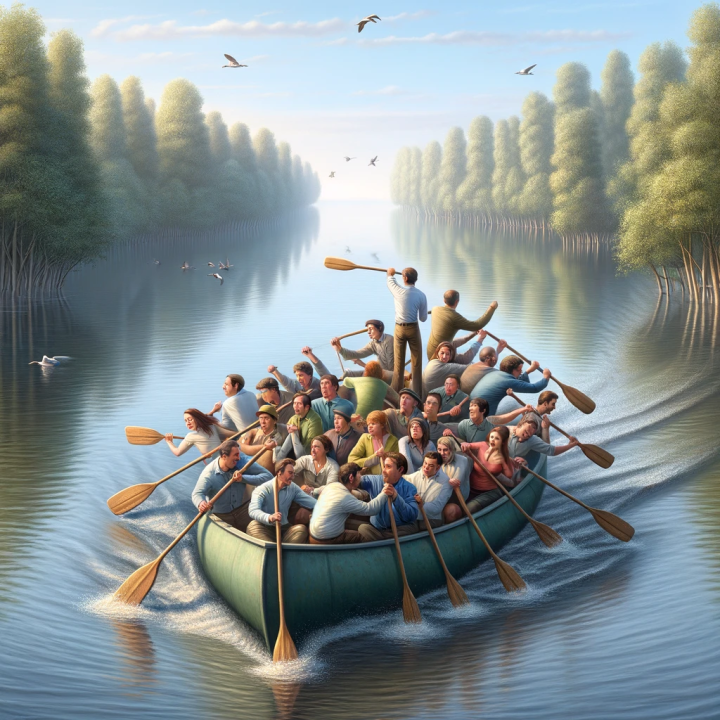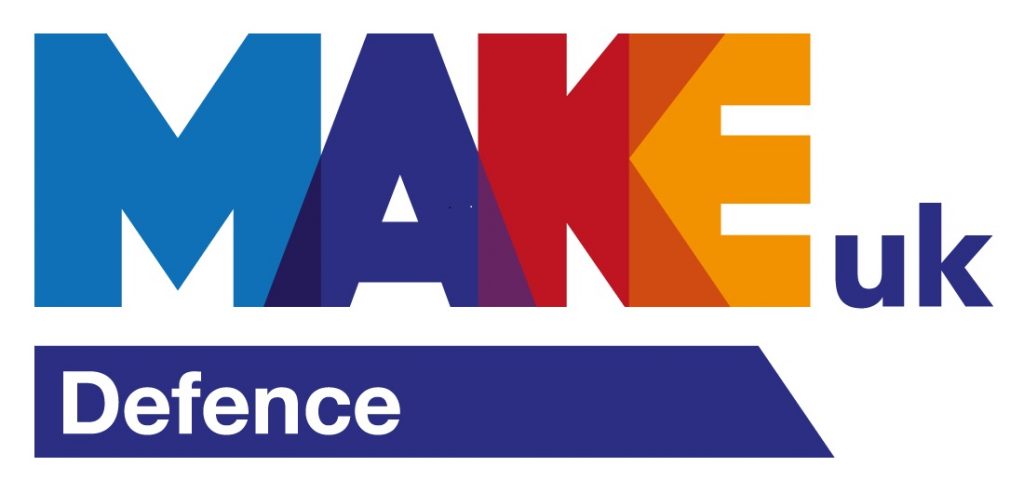Whether you’re running, climbing, swimming, sailing… or just sitting and watching the world go by, you can learn a lot from being outdoors.
What’s more, you can learn a lot from observing others undertake different sports, especially when they’re team based.
Whilst we can (and do) teach companies about leadership in a workshop setting, there’s nothing like leaving the board room behind… and taking your learning into the great outdoors.
What’s more, you don’t need big budgets, lots of time, or even to take part in an activity… to gain something from the experience.
The trick is applying what you see or experience, and relating this back to your business and what you want to achieve.
Our founder, Edward Ryder, recently spent one hour watching 18 people paddle a large canoe in the Lake District. It wasn’t one of our clients, just something Edward happened to observe.
The group were obviously there for a team building event, and even 200 feet from the shore, it was obvious that they had a leader (chosen or otherwise), and were trying to navigate around various obstacles on the lake.
In many ways, what Edward observed next was reminiscent of what happens in many companies, especially SMEs and MSBs.
It was obvious that the leader didn’t actually understand how to paddle a canoe, so it was very hard for them to direct the rest of the group. Maybe the person didn’t want the role, or had been promoted by default? Maybe they actually hadn’t been trained, and had a different view of what a leader actually was? (did you know that c 84% of UK Managers/Directors have received no formal training?).
As the minutes ticked by, Edward could see lots of mis-communication, changing directions, raised voices… and not a lot of laughter.
As the canoe manoeuvred around the lake, it became apparent that the group didn’t know where they were going, though the leader apparently did… as they started shouting a mixture of different orders to those on the port and starboard side (“are we port or are they?”).
As the team became more confused, the tone and decibels rose accordingly, as did the confusion.
Whether you’re canoeing, walking or running a business, engaging your team on vision, their role in delivery, and understanding timescales for success is essential. As is having fun and celebrating the big and small wins whilst you’re doing it.
Does your ‘crew’ know where your business is going, feel part of it, share ideas, and know when milestones have been hit… however small? Do you as a leader even know where your business is going, or are you constantly changing direction?
As the confusion amongst the crew increased, the ‘leader’ stopped communicating, and started making their own course corrections, paddling backwards, forwards and sideways in an attempt to steer the canoe, However, with a 1 leader to 17 crew ratio… this was going to be an in-effective and exhausting strategy.
A well trained and motivated crew, whether in a canoe or your business, can often make the course correction needed to stay on track, but how often do we remember to ask for their help, and go with the answers they provide?
Whilst this might sound like a ridiculous scenario, it isn’t uncommon in business. Leaders are only human. We get tired, irritable, lose our sense of direction, and become demotivated… especially if we don’t have a plan to maintain our skills, build upon our strengths and surround ourselves with the right team.
Leaders start working longer hours, communicate less, lose their empathy. What’s more, ambition starts to falter, and company direction changes… more frequently. Creative ideas wither, and previously engaged staff start to leave.
As business consultants with over 30 years experience, we hear this in the form of leaders using words such as ‘they always do this’ ‘ they never listen’ or ‘it’s easier to do it myself’.
It’s a slippy, but not impossible, slope to step away from.
As the canoe finally arrived at the jetty, after navigating around various boats, buoys and obstacles, the team were obviously pleased to be back on shore. Maybe some enjoyed it, maybe some didn’t. However, the leader looked pleased with themselves.
After all, a team went out, paddled around a course and came back together.
But as an observer on the nearby shore, Edward couldn’t help reflect on how much better the team could have done, with a little vision, a plan to achieve it, and a crew that knew what they needed to do … and a leader that knew how to help the team achieve their potential.
What new areas could they have explored? Which team members could have been challenged further? How much quicker could they have gone, or how much more fun could they have had?
And I guess that brings us to Edwards final observation. Whether you call it a coach in sport, or a non-exec, consultant etc in business, we all need that outside perspective and curiosity to ask the challenging questions, and help a team… and leaders look again at what they want, and how they can achieve it.
There are always new ways to improve, new areas to explore, different techniques to try, and emerging leaders in the background wanting their chance to helm the boat… or even canoe.
But are we curious enough to ask the questions? Do we give ourselves the time to look at what we do, and how we do it? Do we prepare our team, and our leaders, for the challenge ahead, and are we prepared to ask the ‘what if’ questions, not just on our annual strategy day… but everyday.






